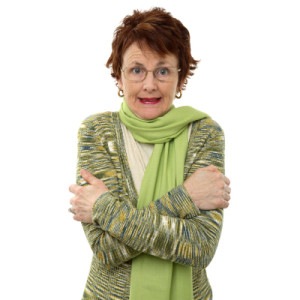 In this wintry season, who isn’t thinking about what’s required to be comfortable in our homes?
In this wintry season, who isn’t thinking about what’s required to be comfortable in our homes?
Not too hot and not too cold, the ability to provide thermal comfort is one of the most important functions of a building, which you might think of as your third “skin”. Optimal thermal comfort requires the heat loss of the human body to be in balance with its heat production. This is similar to the relationship between an activity (e.g. sleeping, running…) and clothes – our second skin.
The conditions that maintain this thermal balance in a building are:
- air temperature
- the temperature of the surrounding surfaces ( the “radiant temperature”)
- air speed and turbulence
- humidity of the air
- presence of dust in the air
To feel good, a range of combinations create a “comfort field” in which:
- the air is not too humid
- air speeds remain within established limits
- the difference between radiant and air temperature remains small
- the difference of the radiant temperature in different directions (between your body and adjacent surfaces) remains small
- room air temperature stratification between head and feet is small
- the perceived temperature varies less than 1.5°F within the living area
- the air is clean
Maintaining these conditions are the domain of two important building systems:
- the building envelope, which includes the walls, floors, and roof or ceilings that enclose the building, and any penetrations of that enclosure for doors, windows, chimneys, vents, etc. plus the accumulated air leakage created by gaps in the structure and;
- the mechanical systems that provide supplemental heating, sometimes cooling, and any controlled ventilation.
We have mostly built, and live and work in, buildings that favored control over these conditions thru the use of mechanical systems like boilers and furnaces. Due to an accumulation of shortcomings in the building envelope and mechanical system we are often required to tolerate conditions outside the comfort field. To overcome our discomfort we may rely on additional fans, heaters, humidifiers, etc. to establish a local comfort zone. Or we may put on a coat – or switch to shorts!
By making integrated improvements to the building envelope and mechanical systems we can provide a more dependable comfort field. These improvements allow us to acquire greater control over each of the factors that determine comfort. The effect, while scientifically quantifiable, is ultimately valued for its quality:
We can be considerably and consistently more comfortable in our homes.
WATCH THIS SLIDESHOW TO BETTER UNDERSTAND HOW THIS WORKS!
Choose “Menu” at the bottom left and select “Full Screen” to View the Show.
